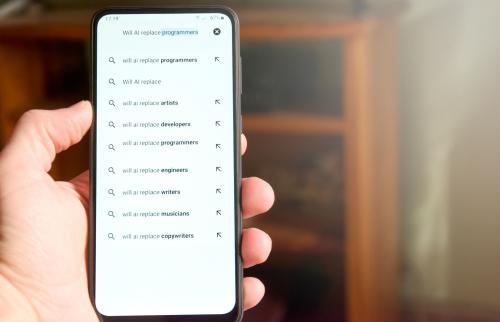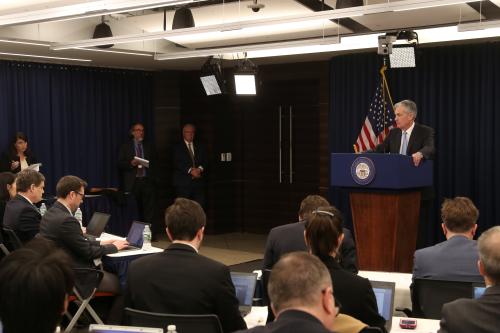Abstract
Workforce development in the United States today is spread across higher education institutions (primarily public two-year and for-profit colleges), labor market institutions, and workplaces, with public funding from a range of sources. But outcomes for students and workers are weaker than they could be, especially among disadvantaged students and displaced workers; funding for workforce development programs is insufficient and not always effective. I propose the following changes: (1) Implement reforms and additional funding in the Higher Education Act of 1965 (HEA) for postsecondary occupational training for disadvantaged students. (2) Add modest taxes on worker displacement along with new funding for retraining. (3) Create a permanent version of the Trade Adjustment Assistance Community College and Career Training (TAACCCT) grants to fund partnerships among community colleges, workforce institutions, and states. Together, these actions would improve credential attainment and employment outcomes among the disadvantaged and employees at the risk of being displaced.
The Brookings Institution is committed to quality, independence, and impact.
We are supported by a diverse array of funders. In line with our values and policies, each Brookings publication represents the sole views of its author(s).





Commentary
After COVID-19: Building a more coherent and effective workforce development system in the United States
February 15, 2021